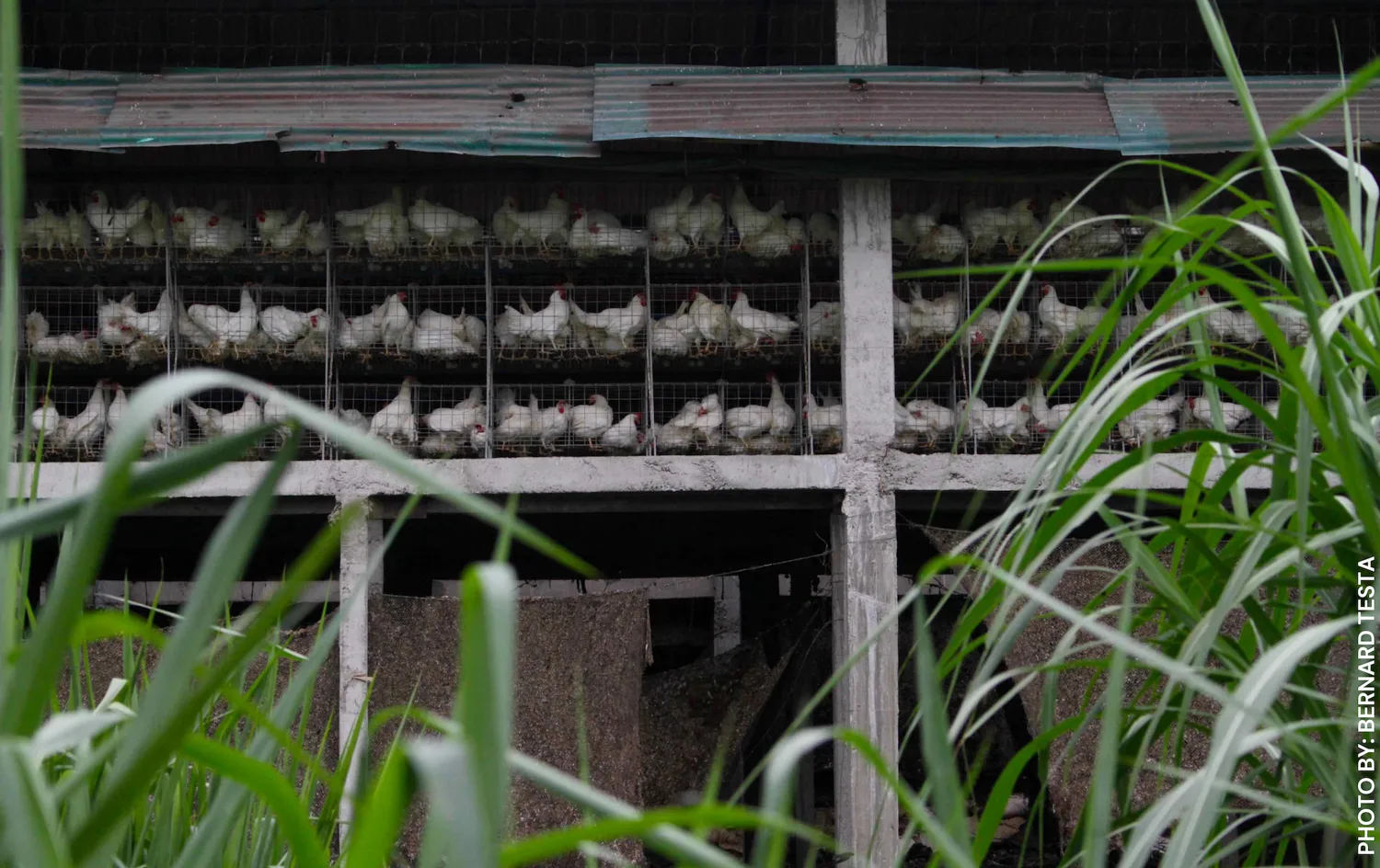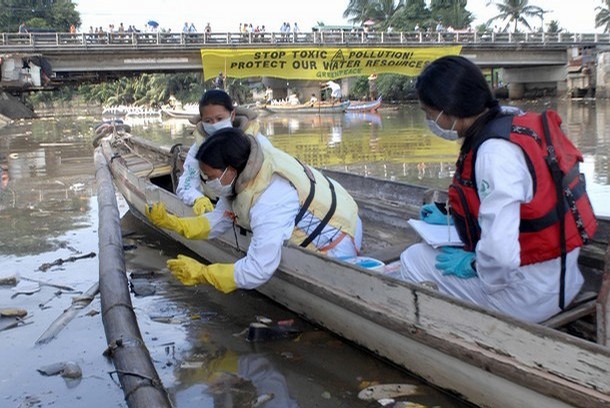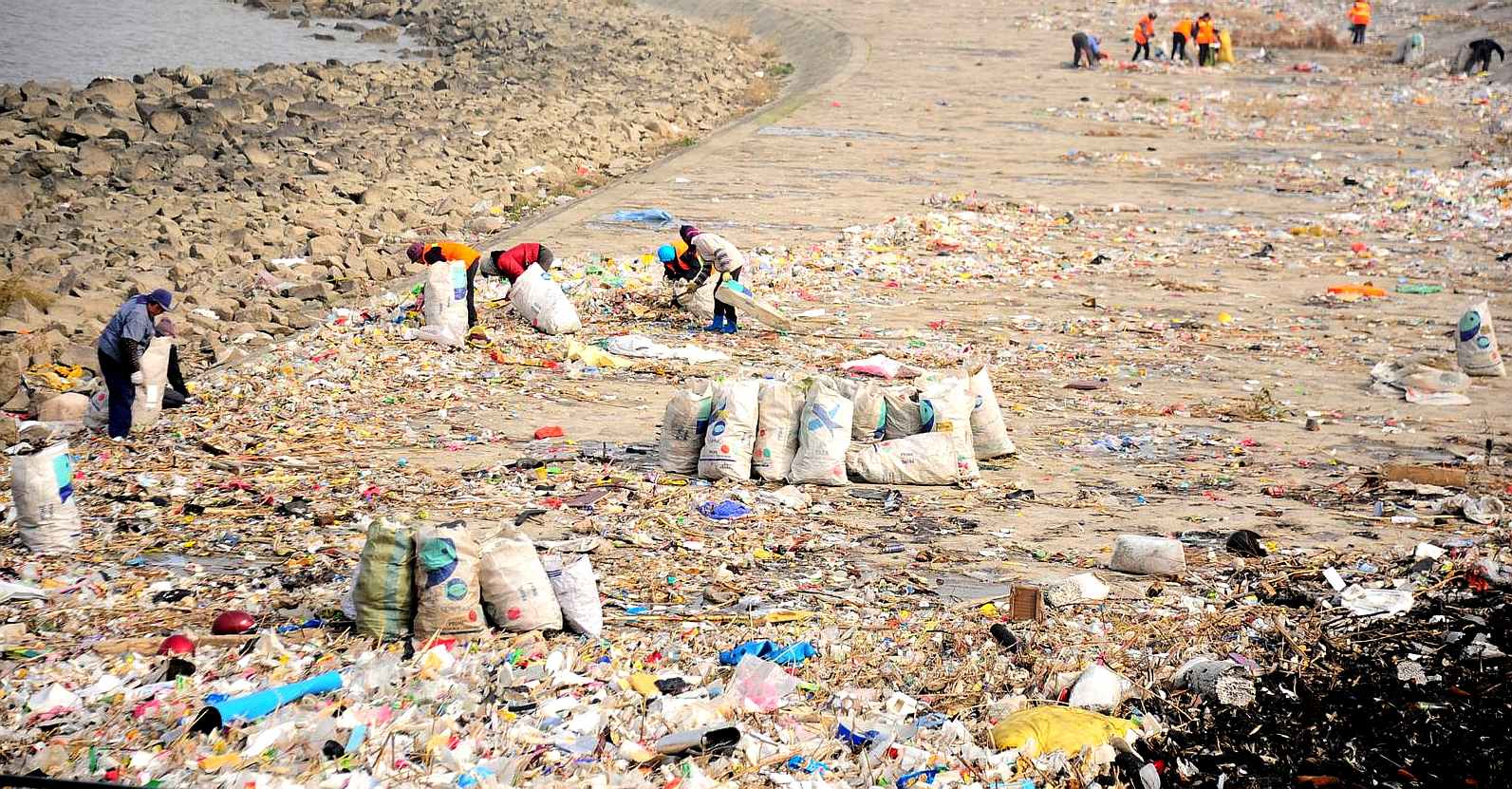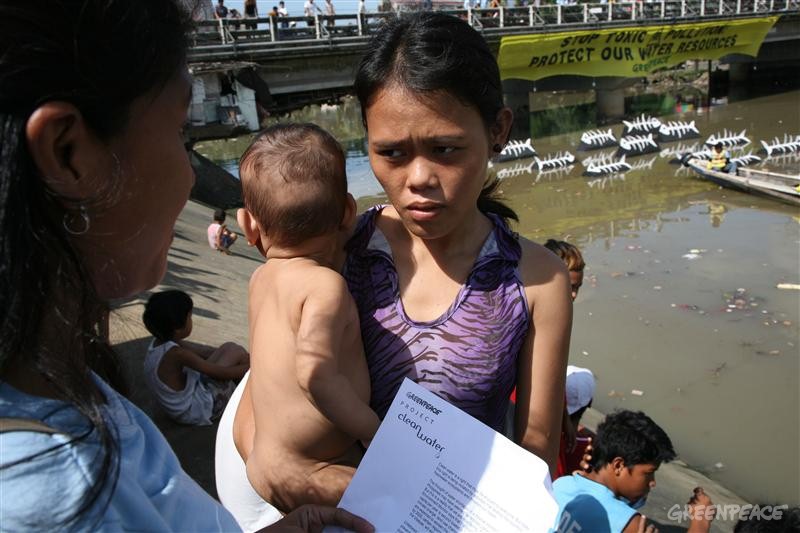- hot-spots
- rivers
- Philippines
- Water pollution Marilao River, Philippines
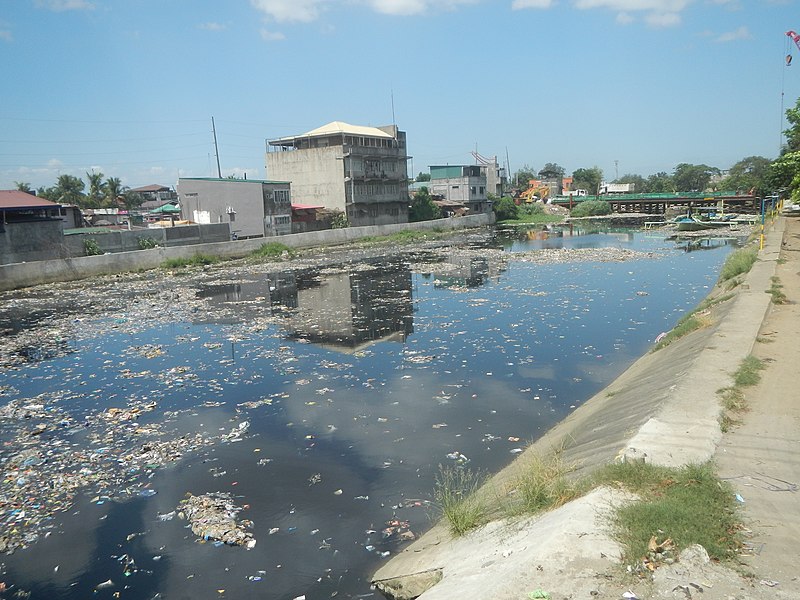
Problems
Water pollution Marilao River, Philippines
The Marilao River flows through the Bulacan Province, Philippines, and empties into Manila Bay. The river is home to millions of Philippine residents who use the water for drinking and irrigation. Unfortunately, Marilao River pollution has become a severe issue, with the river being filled with all kinds of garbage. The primary sources of Marilao River pollution are tanneries, textile factories, piggeries, gold refineries, and municipal dumps. These industries contribute to the contamination, making the water hazardous for use. The dumping of non-recyclable materials, such as plastic bottles, on the water's surface further exacerbates the issue. Additionally, the water contains rocks bearing heavy metals, posing a health hazard to the residents. Marilao River pollution has also led to soil degradation due to frequent flooding, which spreads waste onto the land. The pollution of the Marilao River is detrimental to the fish industries in the Philippines, as toxic metals such as lead contribute to the decline of aquatic life. The Greenpeace report states that pollution has reached the river’s groundwater, and the extent of manganese, zinc, nickel, and cadmium there has made it undrinkable. Shellfish and freshwater fish show evidence of metal contamination, exceeding limits for human consumption in some cases.
Marilao poultry plants pollute rivers and get away with small fines.
Poultry processing plants in Marilao in Bulacan have dumped wastewater into creeks that flow into the Marilao River and have gotten away with paying small fines for many years, the Philippine Center for Investigative Journalism (PCIJ) reported. Wastes from chicken dressing companies contribute to the putrid smell Marilao is unfortunately known for. But because of the lack of resources and personnel, the municipal government offices could not gather sufficient evidence to establish the extent of the companies’ culpability in polluting the rivers.
Health effects of water pollution Marilao River.
The contamination of the Marilao River has led to various health problems for the people living in the surrounding areas, including skin diseases, respiratory issues, and gastrointestinal disorders. The widespread Marilao River pollution poses a significant threat to public health and the environment.
Solutions
Rehabilitation of Marilao River.
Author: INQUIRER.net
In Marilao, Bulacan, a tropical fruit enzyme has been introduced to the MRS by a Japanese firm that helps in the cleanup. Minaki Advance Co. Ltd., based in Hiroshima, Japan, has been leading the rehabilitation of the Marilao River. The firm’s treatment process requires enzymes extracted from the pineapple, said Mitsuo Hirayama, Minaki project engineer.
Source: https://newsinfo.inquirer.net/9799/marilao-river-rehab-wasted%E2%80%93greenpeace
Gallery
6Timelines
2024
April
Under the leadership of the Bureau of Fisheries and Aquatic Resources (BFAR) 3 in Central Luzon, 8,000 mangrove shoots were planted in Barangay Nagbalon, involving local fishermen trained in proper mangrove planting techniques. This initiative aims to enhance water quality, mitigate flooding, and promote the restoration of marine habitats. The successful growth of these mangroves over the next five to ten years is expected to contribute significantly to the restoration and sustainability of the Marilao River ecosystem. Importance of such initiatives in addressing river pollution and fostering a healthier environment for both local communities and wildlife.
2020
Marilao River gained notoriety by being one of the filthiest rivers in the world and with the foulest odor. It ranked Number 6 in the Top 19 most polluted rivers in the world by the Conserve Energy Future (CEF), one of the world’s top eco-conscious websites.
2019
Poultry processing plants use a lot of water in dressing chickens for consumption. Based on PCIJ’s computations, poultry processing plants in the Philippines have used between 10 billion and 19 billion liters of water to slaughter 763 million heads of chickens killed for food. There are 149 poultry dressing plants in the Philippines accredited by the Department of Agriculture’s National Meat Inspection Service. The PCIJ said 34 facilities are in Central Luzon. Of this, 20 are in Bulacan.
2018
Since 2016 many chicken dressing companies and other commercial establishments around the Meycauayan-Marilao-Obando River System (MMORS) have paid the government small wastewater discharge fees ranging from P5 to P500. The establishments are also only required to submit to the government environmental self-monitoring reports, which are known to be susceptible to errors, inconsistencies, and manipulation.
2010
December
Minaki Advance Co. Ltd., based in Hiroshima, Japan, has been leading the rehabilitation of the Marilao River.
2004
There have been attempts to revive the Marilao River, but it has remained biologically dead since 1989. Its waters can no longer support life, such as fish and plants. The Clean Water Act mandates industrial and commercial establishments, including processing plants, to pay discharge fees based on the volume of waste they release into water bodies. The discharge fees are intended to pay for the costs of government efforts to administer water quality management or improvement programs.
